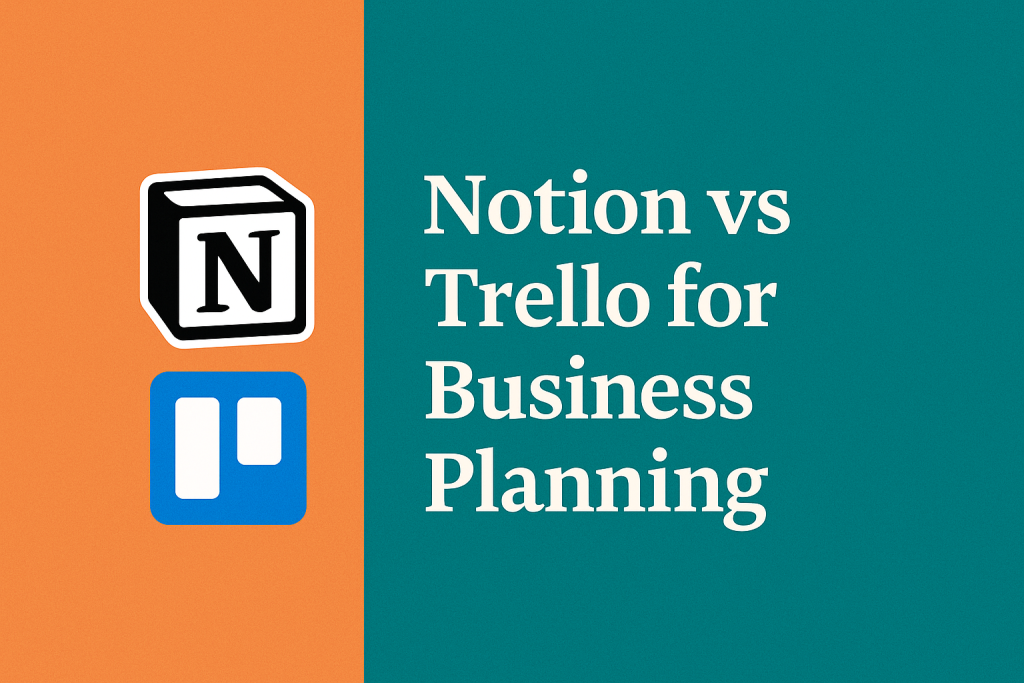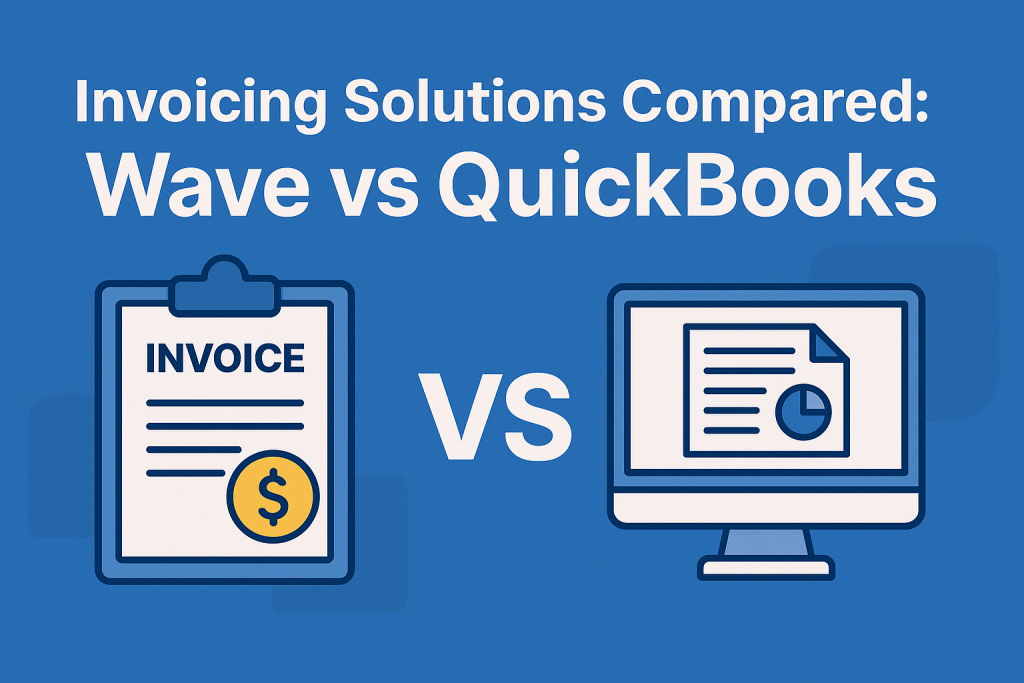When it comes to business planning, having the right project management tool can make or break your productivity. Two of the most popular platforms today—Notion and Trello—offer powerful features, flexibility, and collaborative workspaces.
But which one is better for your business?
In this article, we’ll compare Notion vs Trello for business planning, examining their strengths, limitations, and ideal use cases, so you can make an informed decision.
Overview: Notion and Trello at a Glance
What is Notion?
Notion is an all-in-one workspace that combines note-taking, task management, databases, calendars, and wikis. It’s highly customizable and ideal for users who want to create structured, interconnected systems.
Key Features:
- Pages and blocks for flexible content creation
- Embedded databases and Kanban boards
- Real-time collaboration
- Web clipper and file attachments
- Templates for everything from goal-setting to CRM
What is Trello?
Trello is a visual project management tool that uses boards, lists, and cards to help users track tasks and projects. It’s known for its simplicity and Kanban-style workflow.
Key Features:
- Drag-and-drop task cards
- Lists for stages or categories
- Labels, checklists, and due dates
- Power-ups for added functionality
- Easy-to-use interface for quick onboarding
Ease of Use and Learning Curve
Trello Wins for Simplicity
Trello is intuitive right out of the gate. Its board-list-card layout makes it easy to understand without training, making it ideal for teams that want fast adoption.
Notion Offers Flexibility—but Requires Setup
Notion gives you a blank canvas to build exactly what you need—but that flexibility can be overwhelming. It’s better suited for users who enjoy customizing workflows and are willing to invest time learning the system.
Choose Trello if you want plug-and-play. Choose Notion if you want to build your own system.
Planning and Organization Features
Notion for Comprehensive Planning
Notion excels at handling long-form content, goal tracking, project timelines, and documentation all in one place. You can build interconnected systems for team wikis, SOPs, marketing calendars, and more.
Trello for Task Tracking
Trello is best for managing task-focused workflows. It’s great for agile teams or simple task boards—like content pipelines or client projects—but it lacks built-in document or note organization.
Need content, calendars, and databases together? Go Notion. Want to track tasks fast? Go Trello.
Collaboration and Team Use
Notion for Shared Knowledge and Process
Notion’s page structure makes it ideal for building shared knowledge bases, SOPs, and project hubs. Teams can leave comments, assign tasks, and manage entire systems.
Trello for Quick Task Updates
Trello shines in environments where task clarity and transparency are key. It’s especially useful for teams that want to see what everyone is working on at a glance.
For deep collaboration and documentation, Notion wins. For quick check-ins and progress tracking, Trello leads.
Pricing Comparison
Free Plans
- Trello Free: Up to 10 boards, unlimited cards, 1 power-up per board
- Notion Free: Unlimited pages, blocks, and collaborators for personal use
Paid Plans
- Trello Standard: Starts at $5/user/month
- Notion Plus: Starts at $8/user/month
Notion’s pricing gives you more content management tools, while Trello’s pricing focuses on board-level automation and integrations.
Final Verdict: Which Should You Choose?
There’s no one-size-fits-all answer—but here’s a quick guide:
| Use Case | Best Choice |
|---|---|
| Quick task management | ✅ Trello |
| Full-scale business planning | ✅ Notion |
| Collaborative content creation | ✅ Notion |
| Lightweight project workflows | ✅ Trello |
| Scalability and structure | ✅ Notion |
| Simplicity and speed | ✅ Trello |
Start with Trello if you want a clear task board. Go with Notion if you want to design an entire business operating system.
Next Steps
- ✅ Try both platforms’ free versions and see which feels more natural
- 📥 Download our free Notion + Trello comparison checklist
- 💬 Comment below: Which tool has worked better for your team—and why?


